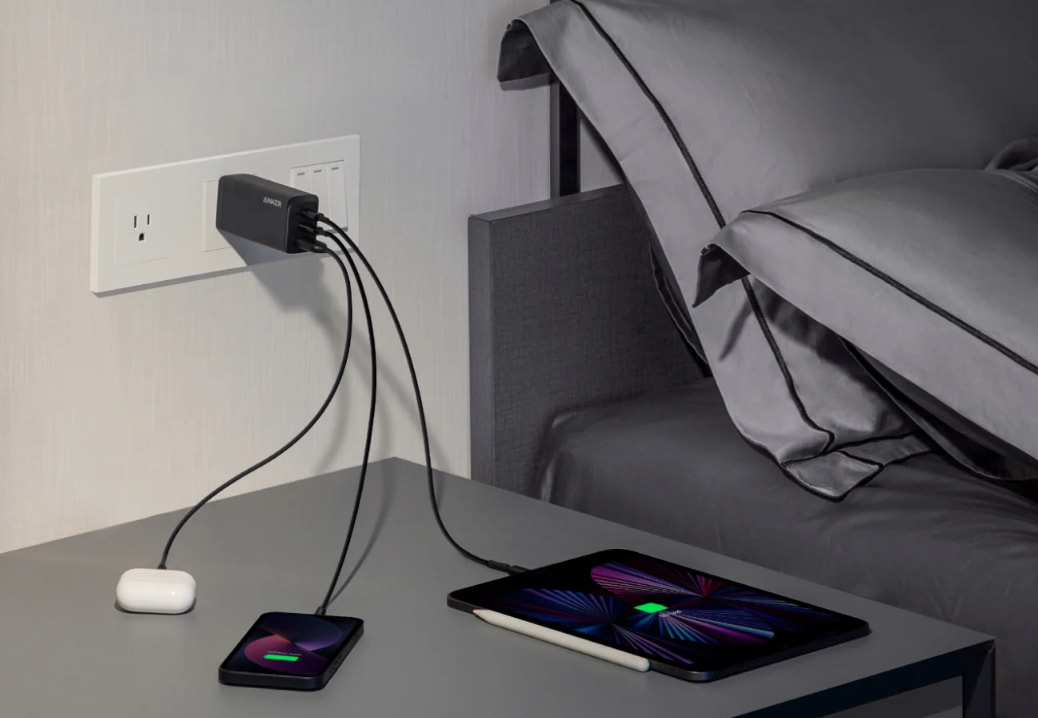While transporting a refrigerator, due to its large size, we always find laying refrigerator on its back while moving or carrying it as the most efficient way. But, is laying a refrigerator on its back the proper way to transport a fridge, or does this method inflicts serious damage that can cost several hundreds of dollars to repair?
Can you lay a refrigerator on its back?
Here’s if You Can Lay a Refrigerator on Its Back –
As a general rule, laying a refrigerator on its back is not recommended. The backside of the refrigerator has sensitive components such as compressor, condenser coil, coolant tube, etc. which can be severely damaged if you lay a refrigerator on its back.
However, in rare cases, you can actually transport the refrigerator safely while resting it on its back. In this article, we’ve covered this as well as other essential measures that you need to follow while transporting your refrigerator to avoid any expensive damage. Read on!

Can I Transport A Fridge Laying Down?
Often people are under the misconception that a refrigerator can only be transported while it’s kept vertical. This misconception arises from the fact that people are usually unaware of the location of the machine components, their roles in the functioning of the cooling mechanism, and thus the orientations to which they mustn’t be exposed. Being a bit informed here can save a ton –
- A refrigerator can be transported while laying down, although some precautions are to be kept in place. The fridge must be applied on its front or side, but never on its back while transporting.
- Also, it must be kept in mind that the portion of the fridge susceptible to damages while shifting is its back; it is where the cooling mechanism rests.
- A shabby surrounding might be created if, by mistake, the fridge door opens, and the position of it is not vertical. Therefore, ensure that all the eatables, raw or cooked, are removed.
- The water can enter the pipes and ultimately damage the mechanism, leading to unrequired expenses. Thus, defrost the fridge and empty the water from the dispenser tray; the spilling damages are therefore avoided.
- Before a fridge is turned on for working, it must rest for some time in a vertical position to stabilize the minor damages if any were inflicted in the transportation
Keeping the above general protocols in mind, the shifting can make error-free if a cautious team handles it
How Long Can A Refrigerator Lay On Its Back?
The transport keeping the fridge laying on its back must be avoided, but if it happens to be that way only, proper precautions must be taken in laying it on its back. Once your fridge is laid on its back for a certain period, it will need an equal period standing vertically before switching to resume working.
However, the longer fridge rests on its back; the greater are the chances of damage that could have been avoided if the shifting wasn’t prolonged or delayed. A 24-hour time span is an optimal window to avoid expenses incurred due to injuries.
Is Picking Up A Refrigerator Laying On Its Back Bad?
A refrigerator has its cooling mechanism and related machinery placed way back at its very end when looking from the front end. Thus, laying it on its back can cause severe damage owing to the entire load of the refrigerator being exerted on the machine components.
But, if you’re only carrying it to move from one place to another or taking it to the moving truck for transportation laying on its back then your refrigerator is going to be fine, just incline and move it slowly so that if something starts going wrong or falling apart, your instincts can catch up!
Serious Concern
The machine components include several pipes and motors that are not usually capable of withstanding such loads for a longer time. Therefore, unnecessary leakages might occur due to excessive weight. When picking up a refrigerator that has been laying on its back, the general human errors can afflict severe damage to the already burdened machinery.
Which Side Do You Lay A Fridge Down While Transporting?
The transportation must be carried out cautiously, with the fridge laid to its side. The question of which side should it be applied might seem irrelevant to people, but it is essential.
The side with hinges installed on it must be kept free; thus, the side opposite to the hinges, i.e., the door side, must be laid down. This ensures that the fridge is closed in all instances.
The doors being closed translates to the convenience of space and averting the nuisance of repeatedly closing doors of old refrigerators that usually open without much force applies in the pull.
The machinery is hardly affected by the side you lay it down on, except the back. So, if you think, laying a fridge on the door side can damage the look of your fridge, then you can choose the adjacent sides of the refrigerator.

How To Properly Transport A Refrigerator?
The transportation of any appliance must strictly follow the protocols to avoid any inconvenience or several charges that might incur in the process of wrongful lifting, resting, and reinstalling.
- Empty the contents – The first step to a successful shifting is emptying the fridge’s contents.
- Defrosting – Defrosting constitutes the most critical step. The defrosting must be succeeded with further soaking of the water tray so that no water gets into the machinery and causes a blow to the system when it is plugged in.
- Remove the shelves – After removing the fridge’s contents, it is time to remove the brackets and empty the refrigerator. The frames are often fragile and might break during shifting if the fridge suffers immediate impacts.
- Proper Positioning – The fridge, if possible, must be kept vertical; this will ensure that even if some water that was left unsoaked in the water tray will not enter the mechanical components of the fridge, same is valid for compressor oil, which is the primary driver of the mechanism.
Conclusion
So, after going through all these details, I am sure you now have enough information on how to safely transport your refrigerator. And, you can actually transport a refrigerator laying itself on its sides, just make sure that’s not the side where compressor & refrigeration coils are located.
Now, refer to these other important articles where you’ll get so much idea about how to keep & maintain your refrigerator better.








